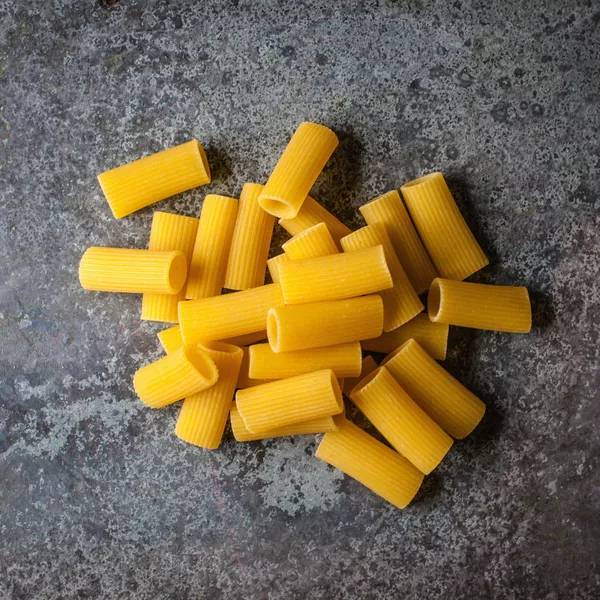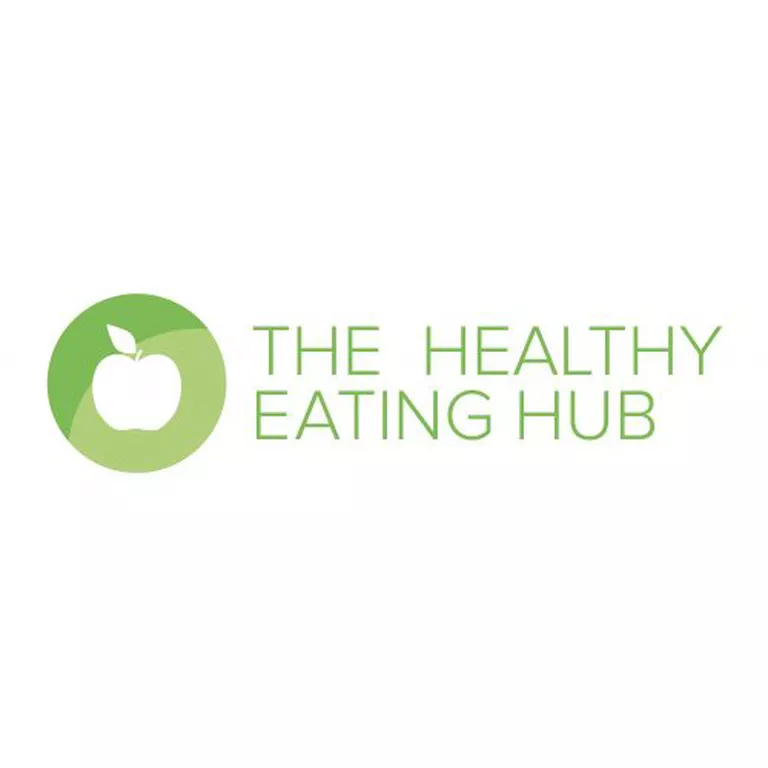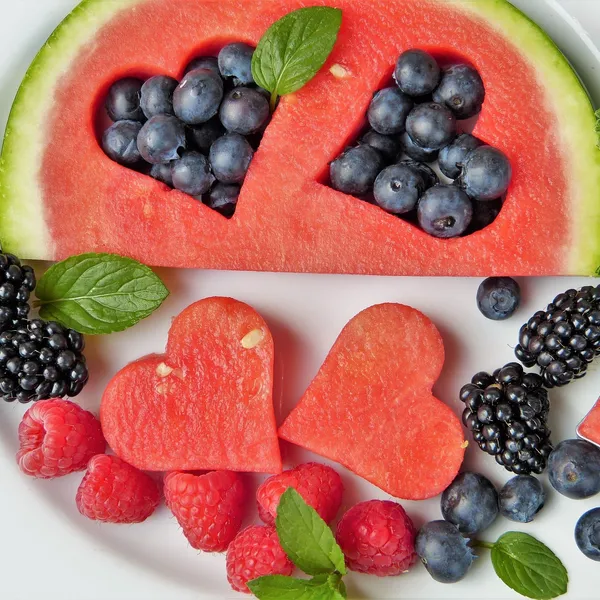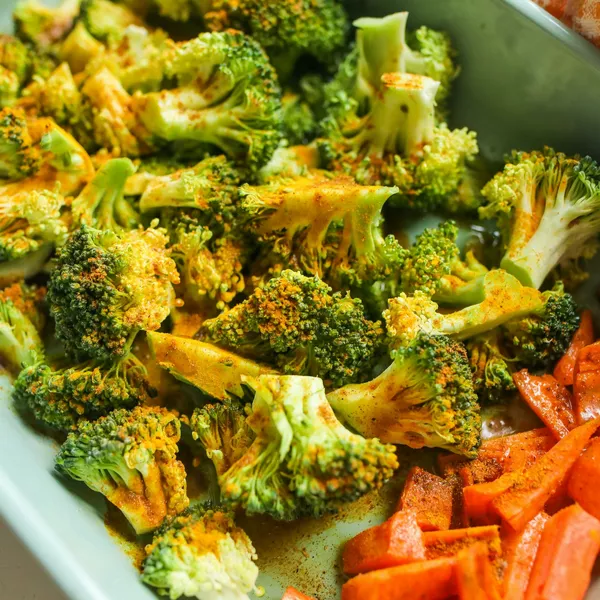Lentils are a healthy carbohydrate-rich food due to their high fibre content and because they’re also a great source of protein, vitamins and minerals.
How to cook them
Dried lentils can be boiled in a saucepan. For every 1 cup of lentils, use 3 cups of water. They are fully cooked after 20–25 minutes.
Canned lentils can be added to meals at the end of cooking to be heated through or microwaved in a bowl for 1–2 minutes.
How to eat them
- Dhal – a tasty Indian dish based on lentils with added garlic, herbs and spices.
- Add to bolognese – add 1–2 tins of lentils instead of extra mince. This will make the recipe go a little further and boost the fibre content while being an economical way to feed the whole family.
- Add to stews – whip out the slow cooker and add a tin of lentils to your next stew or casserole.









